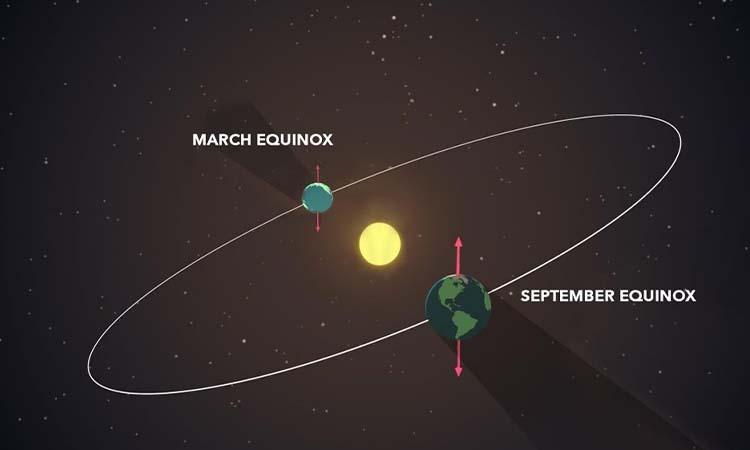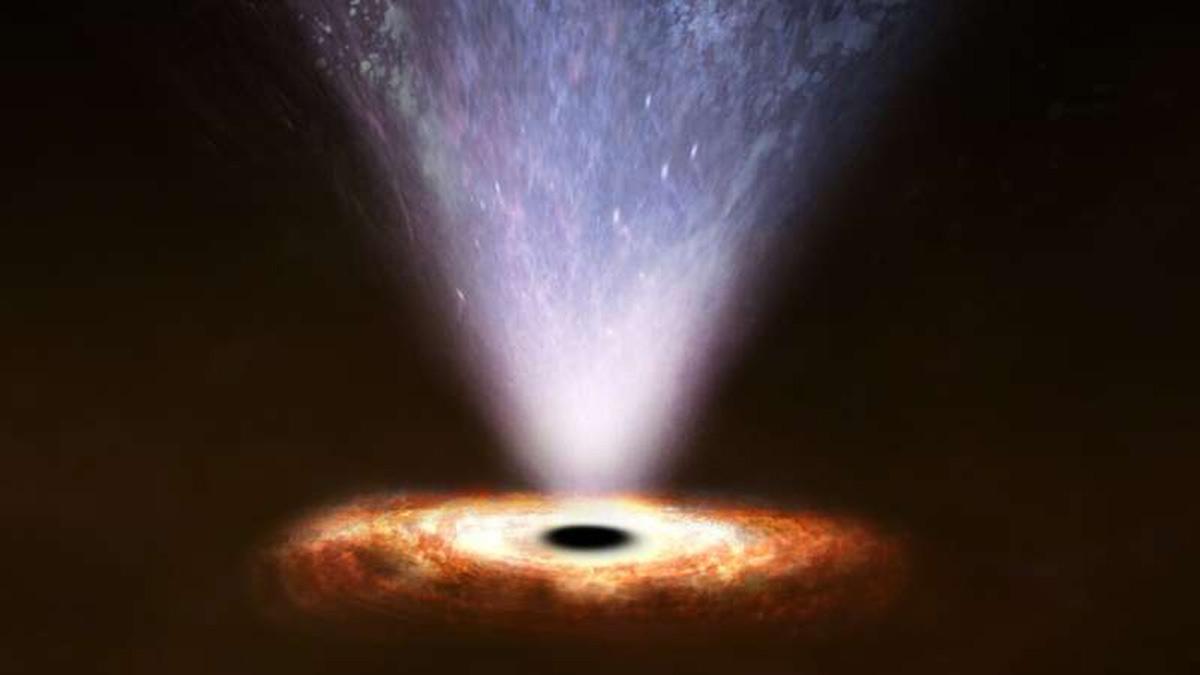March or spring equinox, occurring on Sunday, marks the beginning of the astronomical spring season for people living in the Northern Hemisphere, including in India.
Spring equinox - also called the vernal equinox - marks the beginning of longer and warmer days.
On the other hand, people living in the Southern Hemisphere Southern will see autumn, also known as fall.
Equinox comes from the Latin words equi ("equal"), and nox, ("night"). The astronomical event is caused by Earth's tilt on its axis and its motion in orbit around the Sun.
Also Read | James Webb Telescope shares 1st view of cosmos
On Sunday, the Sun will pass directly above the equator, bringing nearly equal amounts of day and night on all parts of Earth. At the equator, an equinox results in about 12 hours of daylight and 12 hours of night.
The seasons will occur on March 20 at 15.33 UTC (9.03 p.m. IST), according to NASA.
The astronomical event will also be witnessed in India on Sunday (March 20), as the country is also part of the northern hemisphere.
The US space agency, in a blogpost, noted that Earth has two types of seasons - meteorological and astronomical.
While the "meteorological seasons follow the changing of the calendar, month to month, and are based on the annual temperature cycleaastronomical seasons happen because of the tilt of Earth's axis (with respect to the Sun-Earth plane)", NASA said.
Meteorological seasons cause seasonal temperature variations modified by fluctuations in the amount of solar radiation received by Earth's surface over the course of a year. For instance, the meteorological season of spring begins each year on March 1 and will end on May 31.
However, astronomical seasons occur as per our planet's position during its orbit around the Sun.
Equinoxes and solstices are caused by Earth's tilt on its axis and the ceaseless motion it has while orbiting the Sun.
Also Read | Indian scientists refute US researchers' claim of radio wave signal from cosmic dawn
"Think of them like events happening as our planet make its journey around the Sun," NASA said.
At the North of the equator, the March equinox will bring earlier sunrises, later sunsets, softer winds, and budding plants.
Conversely, those living south of the equator will experience later sunrises, earlier sunsets, chillier winds, and dry, falling leaves.


















